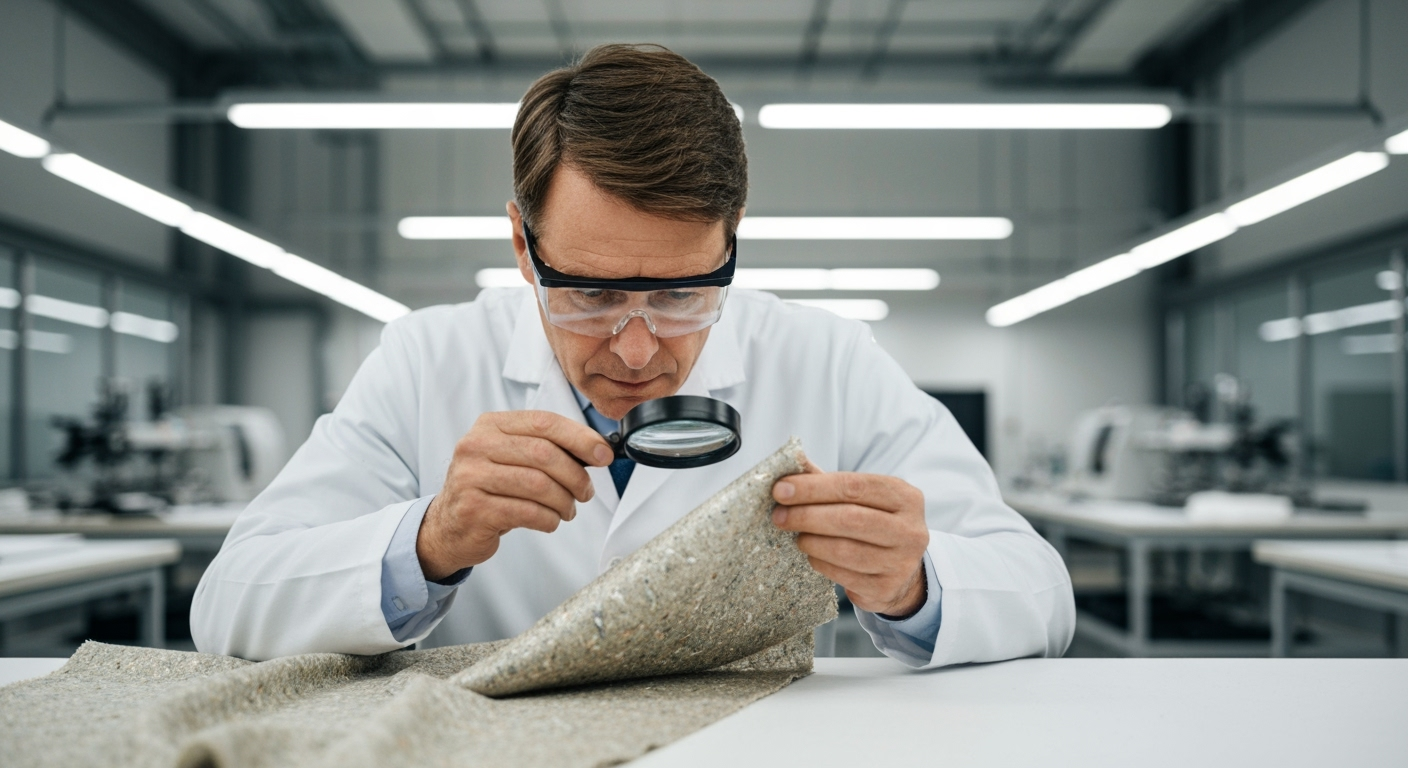At Clemence, our commitment to elegance extends beyond design – it encompasses ethical responsibility and environmental consciousness. This is why we’re continually on the hunt for innovative and sustainable textiles. Join us as we pull back the curtain on our eco-textile sourcing journey, where we prioritize minimizing our impact on the planet while maximizing style and quality.

Defining Eco-Textiles: What Makes a Fabric Sustainable?
Before diving into our search, it’s crucial to define what makes a textile truly ‘eco-friendly.’ Beyond fleeting trends, we look for materials that adhere to rigorous sustainability standards throughout their lifecycle.
- Organic Fibers: Fabrics like organic cotton, linen, and hemp are cultivated without synthetic pesticides or fertilizers, reducing harm to ecosystems and promoting soil health.
- Recycled Materials: Transforming waste into wearable art! We explore fabrics made from recycled plastic bottles (rPET), fishing nets, and textile scraps, diverting waste from landfills and conserving resources.
- Innovative Plant-Based Alternatives: From pineapple leather (Piñatex) to mushroom leather (Mylo), we’re excited about the potential of these cutting-edge materials that offer cruelty-free and sustainable alternatives to traditional leather.
- Low-Impact Dyes and Finishes: Traditional dyeing processes can be water-intensive and pollute waterways. We prioritize fabrics dyed with natural or low-impact dyes and finished with eco-friendly treatments.
Our Sourcing Process: A Rigorous Approach
Finding truly sustainable textiles requires meticulous research, collaboration, and a commitment to transparency. Our sourcing process involves several key steps:
- Research and Discovery: We attend textile trade shows, collaborate with material innovation hubs, and stay up-to-date on the latest advancements in sustainable textiles.
- Supplier Vetting: We carefully evaluate potential suppliers, ensuring they adhere to fair labor practices, environmental regulations, and possess relevant certifications (e.g., GOTS, Oeko-Tex).
- Material Testing: We conduct rigorous testing to assess the fabric’s durability, performance, and environmental impact. This includes checking for harmful chemicals, water and energy consumption during production, and biodegradability.
- Collaboration and Innovation: We work closely with our suppliers to develop custom eco-textiles that meet our specific design and quality requirements. This collaborative approach fosters innovation and drives positive change within the industry.

Challenges and Opportunities: Navigating the Eco-Textile Landscape
The journey towards sustainable fashion is not without its challenges. Eco-textiles can sometimes be more expensive or have limited availability. However, we believe that the benefits outweigh the costs, and we’re committed to finding creative solutions.
- Overcoming Price Barriers: We explore innovative financing models, collaborate with suppliers to optimize production processes, and prioritize quality over quantity to make eco-textiles more accessible.
- Addressing Supply Chain Complexity: We work to map our supply chains, identify potential risks, and ensure transparency and traceability throughout the process.
- Supporting Innovation: We invest in research and development to support the creation of new and improved eco-textiles. We partner with organizations that are working to develop sustainable solutions for the fashion industry.
Conclusion: A Continuous Commitment
Our eco-textile hunt is an ongoing journey, not a destination. We are constantly learning, adapting, and striving to improve our sustainability practices. By prioritizing eco-textiles, we aim to create clothing that not only looks beautiful but also respects the planet and its people. We invite you to join us on this journey towards a more sustainable future for fashion.